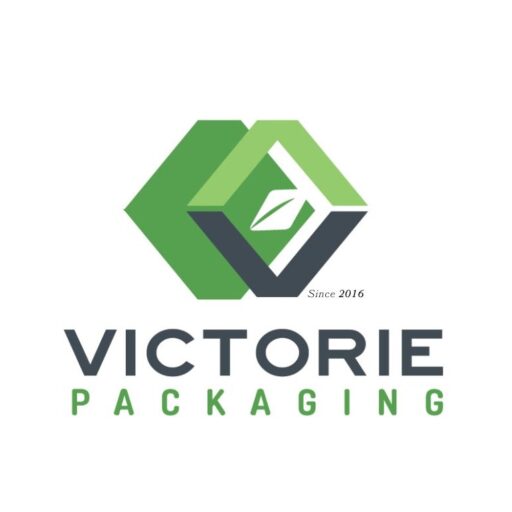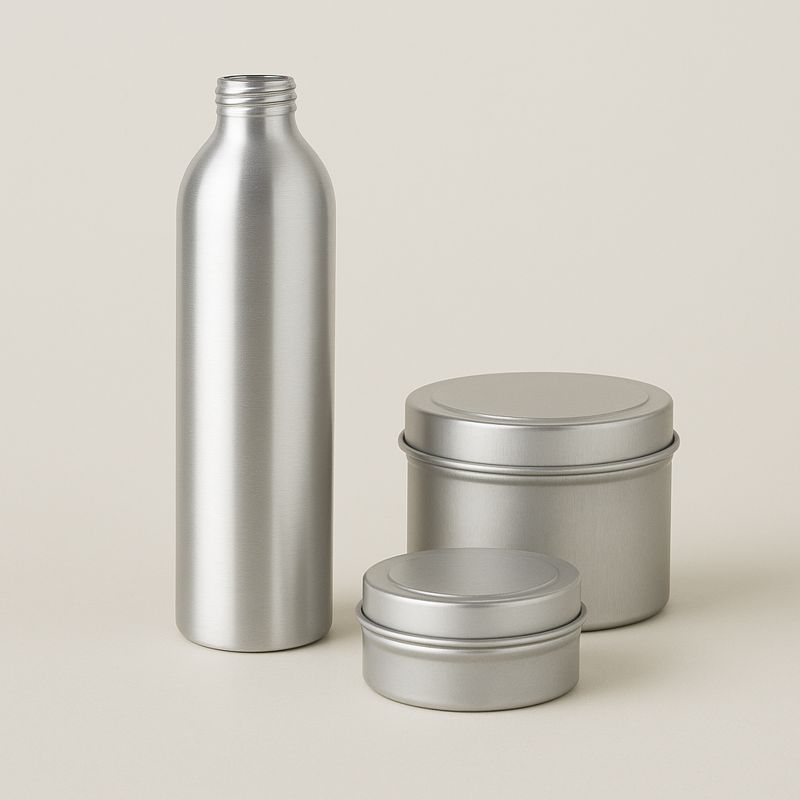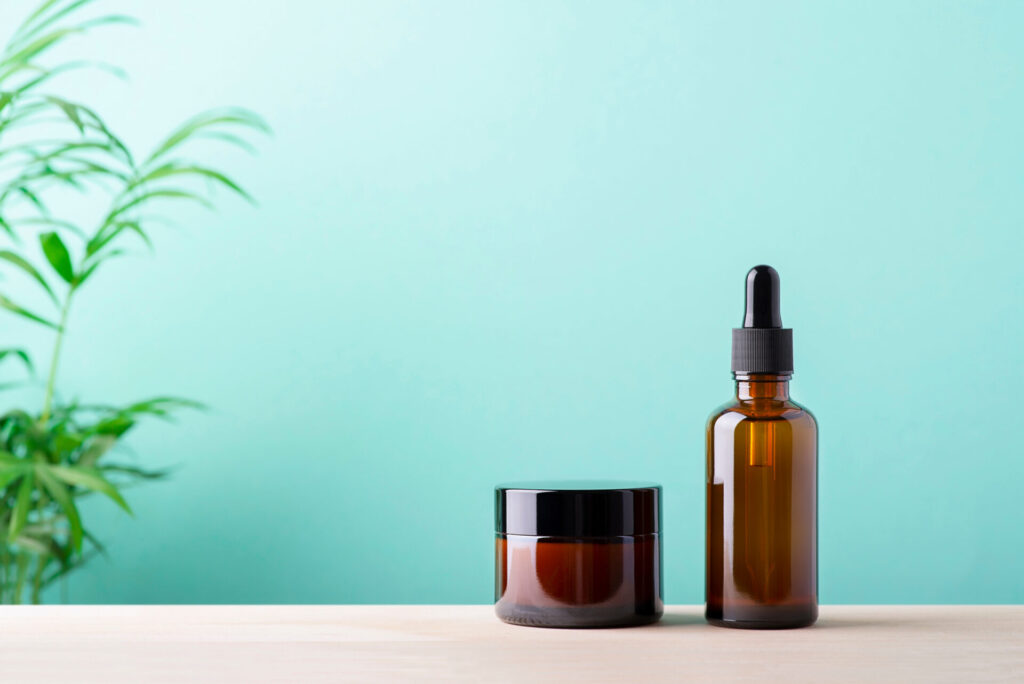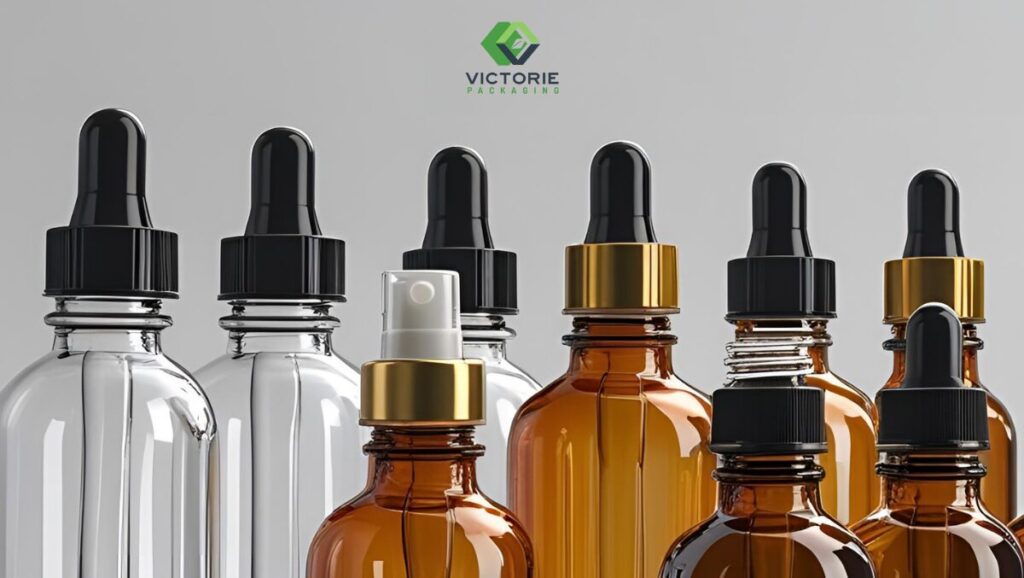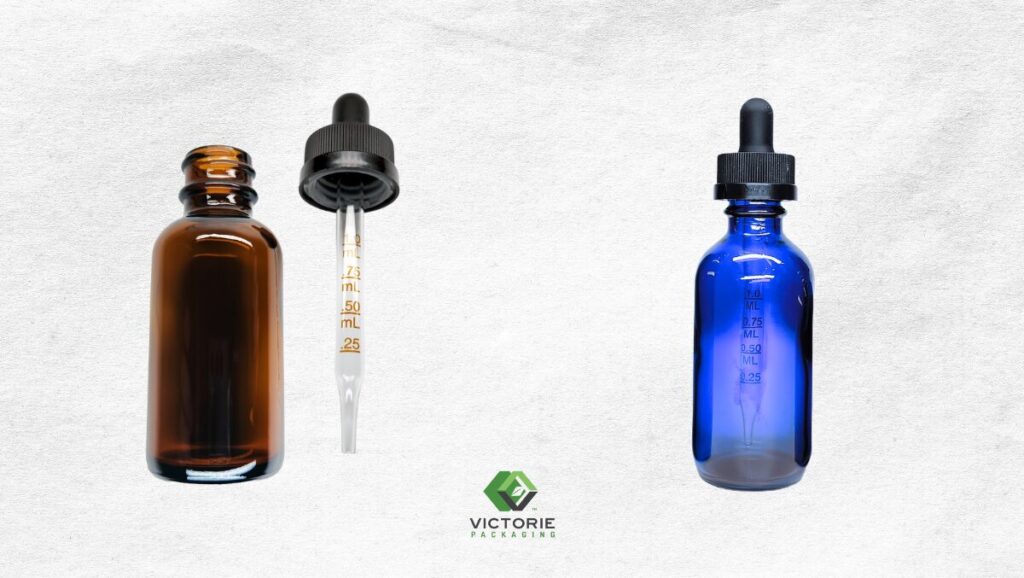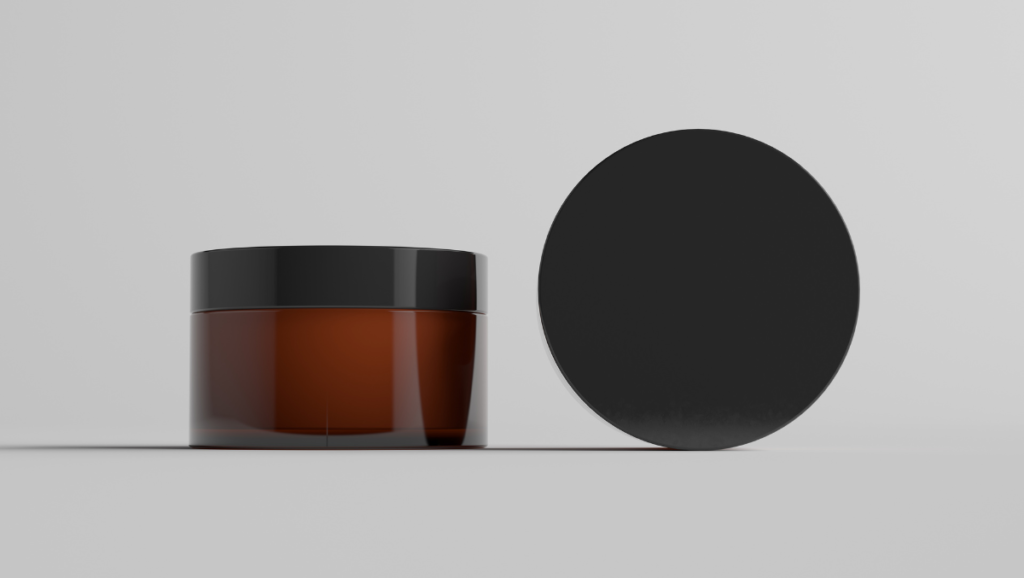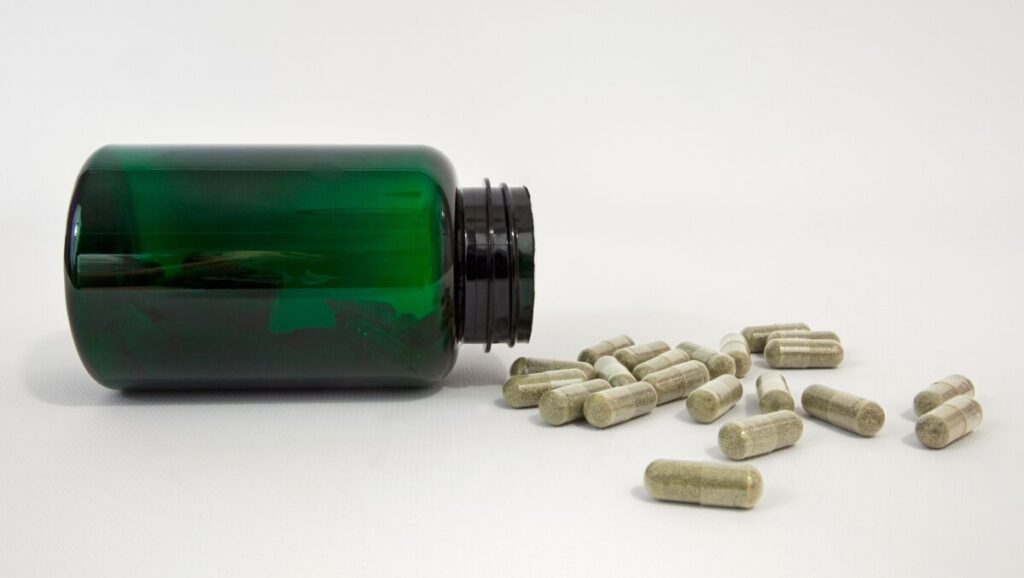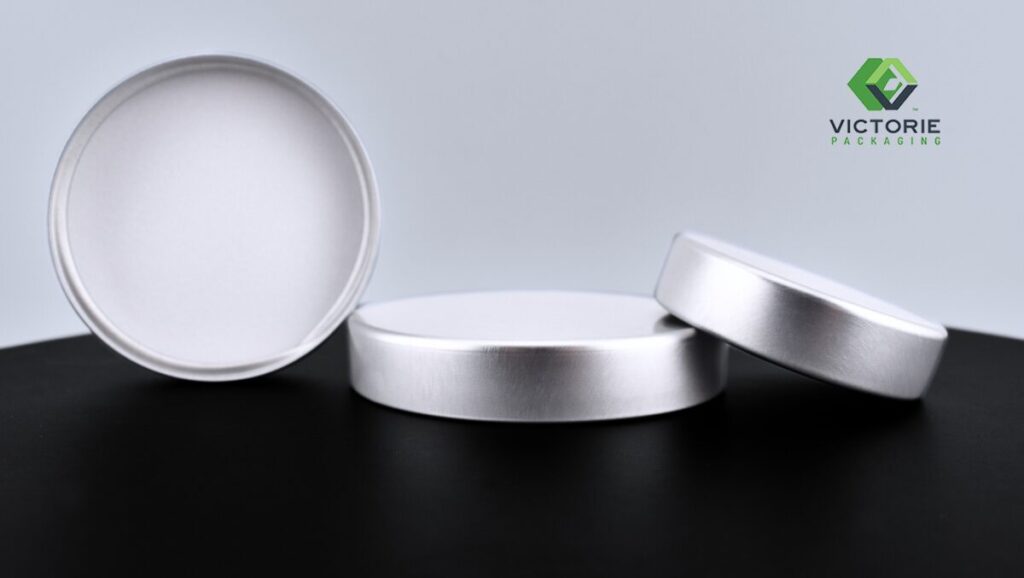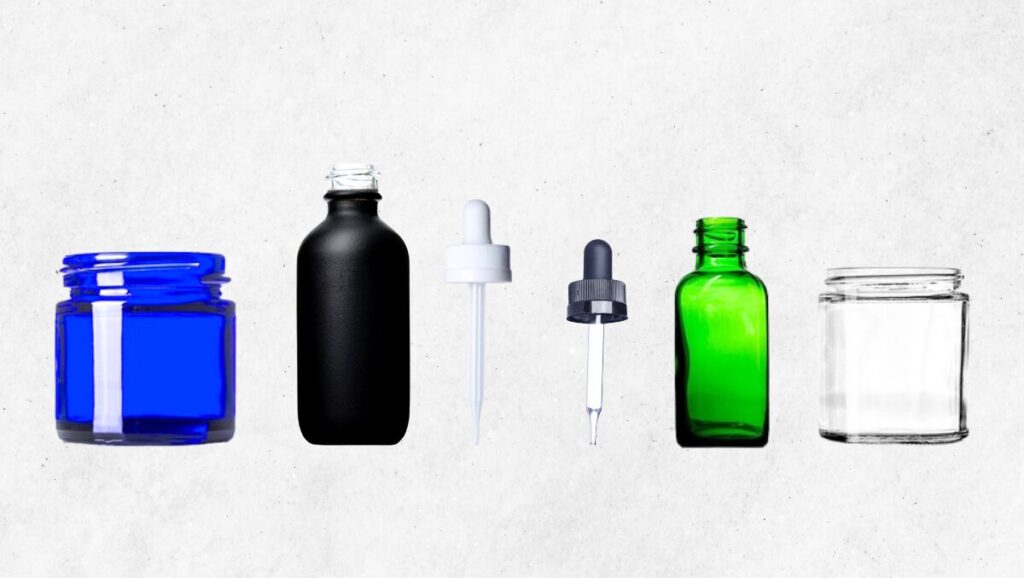
So, does color really matter? In short: yes. Here’s why.
More Than Just Looks

Amber Packaging: Built for Protection
-
Filters out harmful UV and blue light to prevent product degradation
-
Ideal for light-sensitive products like essential oils, tinctures, vitamins, and some foods and beverages
-
Common in the pharmaceutical, natural wellness, and craft food/beverage industries
-
Available in both PET plastic and glass formats
-
Pairs well with brands focused on health, tradition, or apothecary-inspired visuals
Clear Packaging: Built for Shelf Appeal
-
Displays product color, texture, and clarity for maximum impact
-
Great for items like juices, body scrubs, face serums, and vitamin gummies
-
Pairs easily with a variety of label designs and cap styles
-
Best for products that are not light-sensitive or are consumed quickly
-
Additional protection (e.g., opaque labels, outer boxes) may be needed for some products
Choosing What’s Right For You

Ultimately, your packaging color should support your product’s performance, enhance the customer experience, and align with your brand identity. It’s not just about aesthetics—it’s about function, storytelling, and how your audience connects with what you’re offering.
If your product needs protection from light to preserve its integrity, amber packaging sends a strong signal of quality, care, and reliability. It reassures customers that what’s inside is potent, fresh, and professionally formulated.
On the other hand, if your product’s appearance is a key part of its appeal—such as vibrant juices, colorful gummies, or luxurious skincare formulas—clear packaging allows that to shine through. It offers transparency, both literally and symbolically, which today’s consumers value more than ever.
Some brands choose to strike a balance by using hybrid packaging strategies:
-
Pairing clear bottles with opaque or UV-coated labels for partial protection
-
Using secondary packaging like boxes or tubes to shield clear containers from light during storage and transport
-
Offering the same product in both amber and clear options to serve different markets (e.g., professional use vs. retail)
-
Incorporating tinted or frosted packaging that provides some light filtering while still showcasing the product
- Using PMS color coating and printing to apply consistent, opaque colors directly to bottles for light protection and strong brand identity
